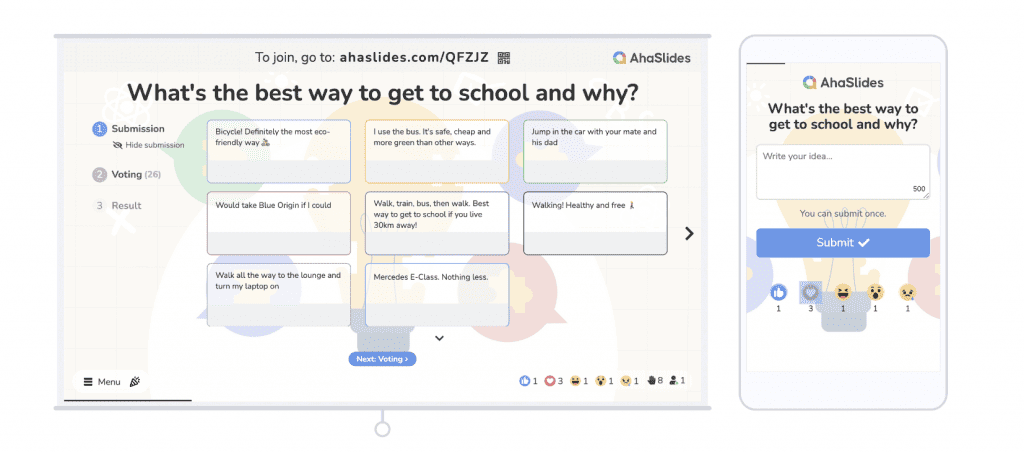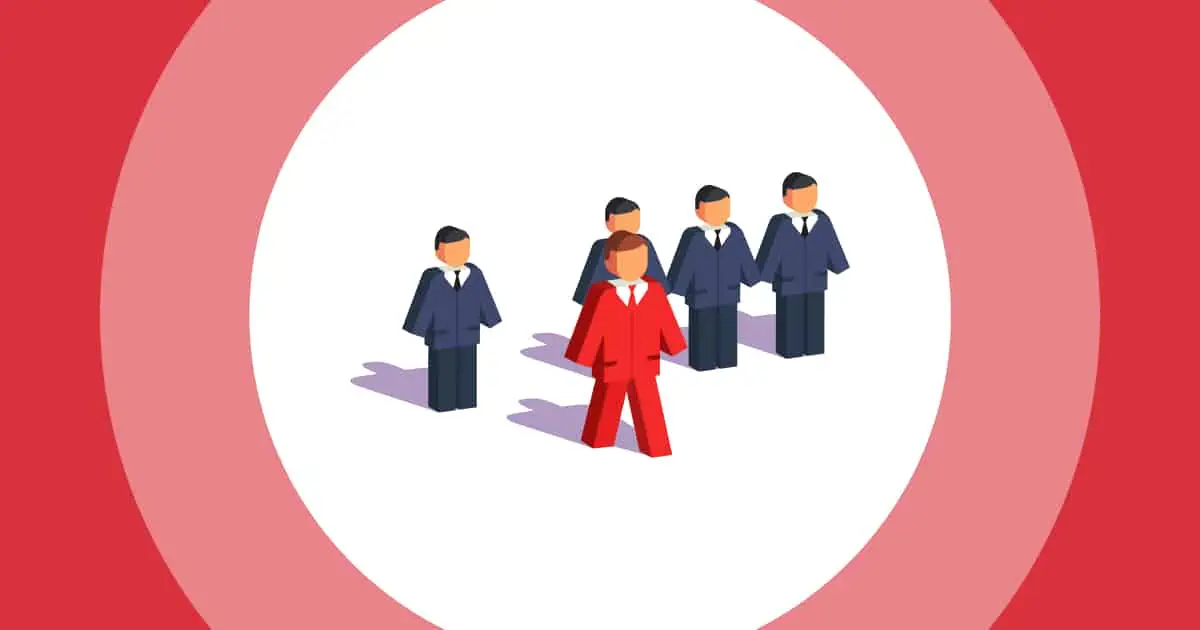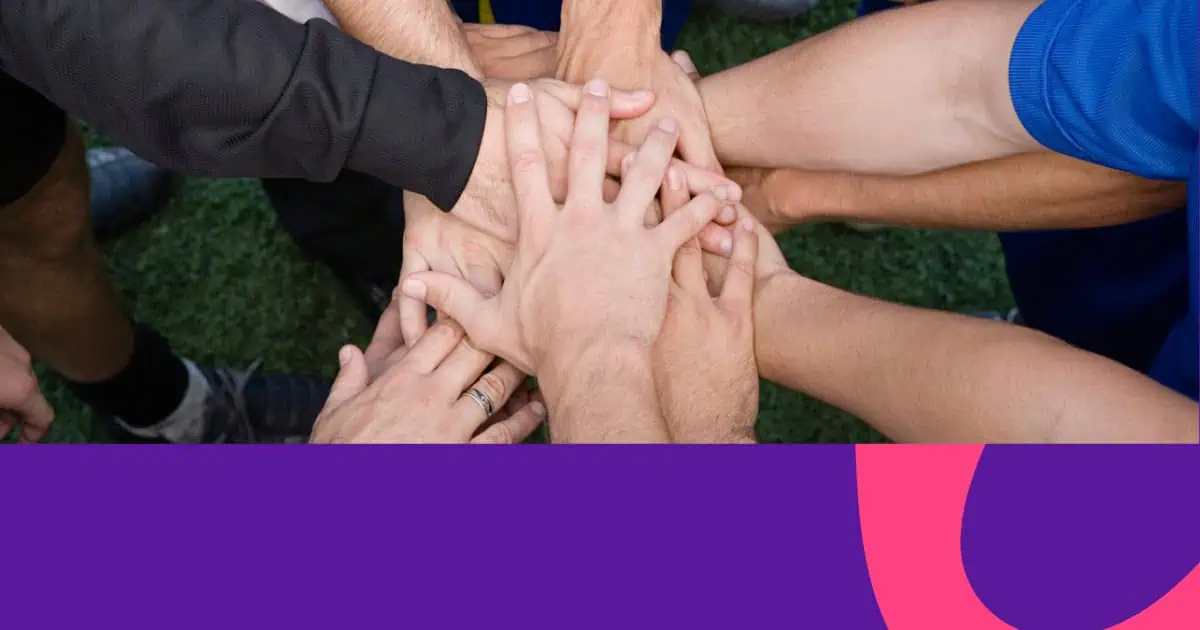The Six Thinking Hats is a broad topic that offers many noteworthy applications for many aspects such as leadership, innovation, team productivity, and organizational changes. In this article, we discuss more about the 6 Hats of Leadership, what they mean, their benefits, and examples.
Let's take a quick look at the 6 Hats of Leadership summary:
| What do 6 Hats of Leadership from? | Six Thinking Hats |
| Who is the developer? | Edward de Bono |
| What are different leadership hats? | White, Yellow, Black, Red, Green, and Blue Hats |
| What is the most powerful hat? | Black |
| What is the main purpose of Six Thinking Hats | Return On Investment |
Table of Contents
- What are the 6 Hats of Leadership de Bono?
- Benefits of 6 Hats of Leadership
- 6 Hats of Leadership Examples
- Bottom Lines
- Frequently Asked Questions
What are the 6 Hats of Leadership De Bono?
6 Hats of Leadership simply follows De Bono's Six Thinking Hats, which means different hats focus on different leadership styles and qualities. 6 Hats of Leadership helps leaders and teams look at problems and situations from a variety of perspectives. It suggests that leaders can switch different hats when dealing with problems, or be more flexible in making decisions in different situations. In essence, the leader uses six hats of leadership to direct on "how to think" rather than "what to think" to make better decisions and anticipate team conflicts.

The different leadership hats are described as follows with examples:
- White Hat: Leaders use white hats before deciding, they have to collect information, data, and facts that can be proven. This is neutral, logical, and objective.
- Yellow Hat: Leaders in the yellow hat find value and positives in the problem/decision/task at hand because they believe in brightness and optimism.
- Black Hat is related to risks, difficulties, and problems. Leadership in black hat focuses on risk management. They can instantly spot difficulties where things might go wrong, and figure out issues of risk with the intent to overcome them.
- Red Hat: The emotional state of leadership is done in red hat. When using this hat, a leader can showcase all levels of feelings and emotions and share fears, likes, dislikes, loves, and hates.
- Green Hat promotes creativity and innovation. There are no limitations where leaders allow all possibilities, alternatives, and new ideas. It is the best state to point out new concepts and new perceptions.
- Blue Hat often is used at the bottom of the thinking process. It is where leaders translate the thinking of all the other hats into actionable steps.
Benefits of 6 Hats of Leadership
Why do we need to use the six thinking hats? Here are a few of the most common use cases of the 6 hats of leadership in today’s workplace:

Decision-making
- By using the 6 Hats of Leadership technique, leaders can encourage teams to systematically consider different aspects of a decision.
- Each hat represents a different viewpoint (e.g., facts, emotions, creativity), allowing leaders to conduct a comprehensive analysis before arriving at a decision.
Debrief/Retrospective
- After a project or an event, a leader can use the 6 Thinking Hats of Leadership to reflect on what went well and what could be improved.
- This method promotes a structured discussion, preventing blame and encouraging a balanced overall performance evaluation.
Conflict Resolution
- Leaders using different thinking hats can anticipate the conflicts beforehand because they view the situation from multiple angles, with nuanced and empathetic understanding.
- They are better equipped to navigate and mitigate conflicts within their teams because of good emotional intelligence.
Innovation
- When a leader can view problems from new and unusual angles, they also allow their teams to do the same, which encourages teams to think out of the box and generate better ideas quickly.
- They motivate teams to see problems as opportunities, and a much more positive outlook.
Change management
- Leaders practice the six thinking hats frequently and often are more adaptive and willing to change for improvement and progress.
- It suggests potential challenges and opportunities associated with the change.
6 Hats of Leadership Examples
Let's take the example of an online retail company that is receiving numerous complaints about delayed deliveries to better understand how leaders can make use of the 6 thinking hats. In this case, customers are frustrated, and the company's reputation is at stake. How can they address this problem and improve their delivery times?
White Hat: When facing problems, leaders can start using white hats by asking the following questions to analyze data on current delivery times and pinpoint areas causing delays.
- What information do we have?
- What do I know to be true?
- What information is missing?
- What information do I need to obtain?
- How are we going to get the information?
Red Hat: In this process, leaders consider the emotional impact on customers and the company's image. They also think of employees' situations who are working under pressure due to a work overload.
- How does this make me feel?
- What feels right/appropriate?
- What do you think about…?
- What is making me feel this way?
Black Hat: Critically assess the bottlenecks and potential issues causing delays. And estimates the consequences of the issue if nothing can be done in a few days or a few weeks.
- Why won’t this work?
- What problems could this cause?
- What are the drawbacks/risks?
- What challenges might happen if…?
Yellow Hat: In this stage, leaders try to identify positive aspects of the current delivery process and explore how those can be optimized. Questions can be used for more effective thinking such as:
- Why is this a good idea?
- What are the positives of that?
- What is the best thing about…?
- Why is this valuable? To whom is it valuable?
- What are the possible benefits/advantages?
Green Hat: Leaders use the green hat technique to create an open space to encourage all employees to provide solutions to streamline the delivery process as quickly as possible.
You can use brainstorming sessions with the AhaSlides tool to encourage everyone to share their ideas. Some questions can be used as:
- What haven’t I/we thought about?
- Are there any alternatives?
- How can I change/improve this?
- How can all members get involved?

Blue Hat: Develop an action plan based on the insights gathered from other hats to implement improvements. These are questions you should use to deliver the best outcomes and address the customer issues effectively:
- What skills attributes are required to…?
- What systems or processes will be needed?
- Where are we now?
- What do we need to do now and in the next hours?
Bottom Lines
There is a strong relationship between effective leadership and the thinking process, which is why the 6 Hats of Leadership theory is still relevant and valuable in the management landscape nowadays. The structured and systematic thinking facilitated by the Six Thinking Hats empowers leaders to navigate complexities, foster innovation, and build cohesive and resilient teams.
Frequently Asked Questions
What are the six thinking hats of leadership?
The six thinking hats leadership is a technique of a leader switching between hats (representing different roles and perspectives) to deal with problems. For example, a consulting firm is contemplating a shift to a remote work model following technological advancements. Should they embrace this opportunity? A leader can use the six thinking hats to point out the possibilities and challenges of the issues and develop ideas and action plans.
What is Bono's six hats theory?
Edward de Bono's Six Thinking Hats is a thinking and decision-making methodology designed to improve the efficiency and effectiveness of group discussions and decision processes. The idea is participants metaphorically wear different colored hats, each representing a specific mode of thinking.
Is six thinking hats critical thinking?
Yes, the Six Thinking Hats methodology, developed by Edward de Bono, involves a form of critical thinking. It requires participants to consider all sides of the problem or view a problem from different perspectives, both logical and emotional, and find a reason for all decisions.
What are the disadvantages of using the six thinking hats?
One of the key disadvantages of the six thinking hats is time-consuming and oversimplifies if you aim to deal with straightforward issues that require instant decision.
Ref: Niagarainstitute | Tws








